The East European neo-avant-garde of the 1970s and contemporary art are being re-discovered within and beyond the region alike. Under Communism, ideological constraints prevented progressive post-World War II art from being canonised. After the fall of the Wall, a few select exhibitions looked at the art of the region, yet falling short of systematic exploration. At the same time, politically, the countries in Eastern Europe felt relieved of the enforced Soviet-type block identity, and it took them well over a decade to accept the common ties again.
Now, a quarter-century after the Iron Curtain came down, there is significant interest in identifying shared trends in the art of the past forty-fifty years in Eastern Europe. Research and collecting initiatives have been launched by institutions beyond the region, too, making museums in Eastern Europe aware of the urgency of acquiring key works before prices rise.
The 2000s, largely before the outbreak of the current economic crisis (2008), also brought dynamism to the market of East European contemporary art, prompting again museums to act or else private collectors would seize seminal works. A further motivation for setting up museums of contemporary art and extending their collections in the region came from realising that the national discourses in each country’s art history writing were going to be much bolstered by preparing a regional East European context, by showing similarities and differences in the art of the region, rather than by trying to position each nation’s contemporary art scene either on its own or with regard to universal processes in art.
A number of other factors account for the current spread of public collections of contemporary art in the region whilst the museums coming into life show a great degree of diversity in their mission, independence, progressivity and urban setting. Although Eastern Europe could be conceived of as solely the loose cohort of small, often newly-independent nation states stretching from the Baltic Sea to the Balkans, west of Russia and east of Germany, as a starting point it is wise to sketch the situation in the two museum centres of Russia as both of them display a powerful recent turn to contemporary art.
In St. Petersburg, the Hermitage announced its 20/21 Programme in 2007 and has since staged a number of temporary exhibitions for leading foreign contemporary artists from Louise Bourgeois to Tony Cragg, acquiring works by them mostly by donation as the artist’s gesture in return. Very few Russian positions, such as groups of works by the Kabakov couple and Dimitry Prigov, were invited, likewise by donation, to enrich this collection, which is now on permanent exhibition in the new wing of the museum.
Against this focus on mostly foreign living classics, the other major art museum of the city, the Russian Museum offers a detailed narrative of 20th and 21st century national art. The permanent show in the Benois Wing of the vast building traces Russian art historically, including a broad spectrum of Socialist Realism, and ending with a large selection of cutting-edge, mostly neo-conceptual positions from around 2000.
It is also the Russian Museum that oversees the presentation of the international works donated/deposited by the Ludwig Foundation, Germany. Housed since 1995 in the Marble Palace (within walking distance to the Hermitage and the Russian Museum) the Ludwig Museum showcases iconic US and European pieces from the last third of the 20th century with specific Russian additions.
Together, the three museums in St. Petersburg provide an insight into foreign and national contemporary art that may not be fully systematic and balanced, yet proposes a major development in comparison to the early 1990s when there was no permanent presentation of contemporary art in the city at all.
In Moscow, whereas the counterpart of the Hermitage, the Pushkin Museum has so far stayed aloof of contemporary art, the pendant to the Russian Museum, the State Tretyakov Gallery has grown into a key player in the museum representation of 20th and 21st century art. Just like the Russian Museum, the Tretyakov, too, embeds living art in a long historical narrative, also paying full tribute to Socialist Realism. The permanent exhibition of modern and contemporary art is so extensive that it is staged in a separate building, the former Artist House, built 1959, refurbished into the current museum set-up with temporary exhibition halls, too, 2007. A further similarity to the Russian Museum’s way of looking at contemporary art is the Tretyakov’s exclusive focus on Russian positions. Thus, the two leading contemporary art museums of the country present contemporary art in fundamentally the same manner: historically ordered as continuation of modern art, devoid of international context as a closed Russian narrative, yet with quite progressive choices, with works that display a high degree of aesthetic and / or social sensitivity, experimentation.
As Moscow offers two more state museums that cater for specific directions of contemporary art (Moscow Museum of Modern Art, MMoMA and Moscow Multimedia Art Museum, MMAM) and also the National Centre for Contemporary Art, housed currently in a former industrial building, is planned to be upgraded into a major, partly international collection with a brand new building, there is a rather dense museum network of contemporary art in the Russian capital. What is missing though, and of particular interest for our overview, is the East European setting: the current or planned versions of museums and their collections of contemporary art either in St. Petersburg or in Moscow locate Russian trends on their own in a national bracket or in a broad universal chain, without paying attention to Eastern Europe. While this may be understandable in Russia, the following examples from Eastern Europe in the strict sense will be pointing to a different direction.
In extent, the country that has since the mid-2000s been building up a similarly ambitious museum network with a rather different comprehension of what contemporary art and its museums are about, is Poland. Falling back on early traditions of aligning with avant-garde art in Lódz in the 1930s, Poland has recently launched two large-scale government schemes of museum development.
First, in 2004, the Signs of Time (Znaki czasu) programme, co-financed by the central and local governments, initiated the setting up of new public collections of contemporary art in close to two-dozen cities. Seeing the dilemmas of the project, such as the spreading of funds due to the large number of participating institutions, and the overly identical choices in establishing a new canon of Polish contemporary art, as well as the limitations of choices to national positions, in 2010 the government introduced a second scheme. This incorporates presently four museums only, one each in Warsaw, Cracow, Wroclaw and Lódz, with significantly higher budgets, and a central jury deciding upon acquisition applications that must include an envisaged future profile for the museum, different from that of the others, as well as an international programme.
Of the four museums, the one in Cracow (MOCAK) has a brand new building, being thus the first specialised contemporary art museum in the country with the institution, its collection and building being all new. Wroclaw and Lódz have received as their site refurbished 20th century buildings, a World War II air-raid shelter and a textile factory, respectively. Wroclaw still plans also a totally new museum building. In Warsaw, the project of erecting the new building has come to a standstill for years now; since winter 2012 the collection has been on show in a proxy location, a modernist building, not ideal for exhibitions, but centrally located and quite handsome as a landmark of 20th century architecture. All four museums aim to highlight different versions of contemporary Polish art, by definition in an international context that is true to the East European specificities and attempts to reach beyond, to the global scene, without regional limitations. The four museums endeavour thus to respond to curatorial challenges on three levels: renewing the national canon, shaping the regional definition, and joining the universal discourse of contemporary art.
Among the other Visegrad Four countries, Hungary witnessed a similarly rapid development earlier. The first exhibitions of the Ludwig Foundation, Germany, came about in Budapest already in the second half of the 1980s, approved by the pragmatic Communist regime as a sign of cultural opening. With the fall of the Wall, this collaboration yielded donations, deposits and some yearly financial support from the Ludwig couple, culminating in 1996 in the Hungarian government setting up an independent Ludwig Museum – Museum of Contemporary Art in a wing of the former Royal Castle. Relocated ten years later to a brand new cultural complex on the Danube Embankment, the museum might be moving for a third time in 2017 provided plans of the current government of an EU-financed new museums quarter materialise. The museum’s collection strategy has also undergone several shifts. Endowed by the Ludwigs initially with key US and Western European works of the last third of the 20th century, in the beginning it was seeking to expand this universal collection and pick appropriate Hungarian references from the same period. Significant international acquisitions being financially not feasible, and Hungarian works, no matter how good in their own right, lacking the direct connections to them, the museum gradually realised the importance of the regional East European segment, the layer right between national and universal. Recent acquisitions and exhibitions have underscored this East European programme, making the Ludwig Museum a rival of the four institutions in Poland as well as of the two leading museums in the ex-Yugoslav region.
The first of these two to embrace East European art was the Museum of Contemporary Art in Ljubljana, capital of Slovenia. A pioneer in breaking away from former Yugoslavia, Slovenia opted for a new, professionally curated holding of contemporary art from the region as early as in the 1990s. Zdenka Badovinac, Director of the Moderna Galerija, initiated this ArtEast 2000+ Collection, with a telling name, by recruiting an excellent Advisory Board (Igor Zabel, Harald Szeemann, Viktor Misiano and Piotr Piotrowski), the international set-up of which, note the four different nationalities, can still be considered unique in this part of Europe. This programme also heralded what today appears mandatory to most museum strategists: begin the story with the neo-avant-garde of the last two decades of Communism, this historical context, together with the regional outlook, providing the appropriate embedding for appreciating current contemporary art in Eastern Europe.
Lest this appears a too easy success story, gaining a stable home for the collection took over a decade. Finally, autumn 2011 saw the opening of the permanent location of the Museum of Contemporary Art Metelkova (named after the street) in a refurbished ex-army block. With several other blocks also housing public collections – for instance the Museum of Ethnography and a section of the Slovenian National Museum – a new museum island came about in this part of the city, promising to attract more visitors than a contemporary art museum might be able on its own, which is a critical problem for many of the new museums elsewhere in Eastern Europe.
The permanent presentation of the ArtEast 2000+ Collection also rests on a novelty. In order to fill the understandable lacunae, the museum has teamed up with a number of other institutions from Spain to Belgium to rotate their collections. This network, called L’Internationale, helps Ljubljana to import essential foreign positions into its permanent show from leading museums, such as MACBA in Barcelona, at the same time also empowering the Slovenian collection to be present with seminal East European items in the permanent show of influential West European art centres, such as the Van Abbemuseum in Eindhoven. This strategy of swapping Eastern / Western works is not only a smart way of overcoming the heritage of the Iron Curtain but also an alternative to the art market. Not every museums needs to buy works of each turn in recent art history; the institutions can expand in a complementary manner rather than rivalling each other’s acquisitions.
The other ex-Yugoslav museum highly active in canonising East European art can be found in Zagreb, Croatia. Reaching back to a collection initiated by the city in 1958, this now state museum is located in Novi Zagreb, a sleeping town on the other side of the River Sava. The vast new building, planned by a Croatian architect adopting a clear geometric language, and completed 2009, puts curators to a twofold test: how to fill it with exhibitions and programmes in times of shrinking budgets, and how to invite the neighbouring public of mostly commuters to whom the idioms of contemporary art need to be made attractive first. Despite these hindrances, the museum can be interpreted as a major statement by the newly-independent Croatian government to install a cultural institution, in accordance with the current global museum boom, and to showcase modern and contemporary Croatian, other ex-Yugoslav, broader East European, as well as, within the limits of the collection, universal art. A powerful building and an ambitious collection are to be understood here as signs of the determination of the cultural and political elite of Croatia to place the country with such institutions of high symbolic value in strong positions on the international map.
Beyond the essential tools of canonisation mentioned severally so far (historical and regional context, extensive permanent exhibition in noteworthy new/refurbished locations), Zagreb also exemplifies the opening towards new media. A commonplace globally, in Eastern Europe art historians, museum managers and the public alike have over the past decade had to familiarise with a rapidly broadening spectrum of the marriage of art and technology, moving image, sound, internet-based and other software, in a word, media. With a multi-media theatre in the building, the museum in Zagreb conceives of itself as a media art oriented institution.
The Museum of Contemporary Art (MSU) in Zagreb has also been a forerunner of changing the presentation of the permanent exhibition regularly. Whilst for many institutions in our region, especially in monolithic national galleries and other large museums, permanent exhibitions still literally mean presentations for decades to come, internationally, and specifically in the fast-changing world of contemporary art, semi-permanent exhibitions rotate frequently. Zagreb’s call for a Collection in Motion has helped in popularising this strategy, which contributes to canonisation too by showing various faces of contemporary art, acknowledging different possible readings of artistic phenomena, and thereby also inviting the professional and lay public to return not only to temporary, but also to permanent exhibitions from time to time.
Among the other ex-Yugoslav countries that share a future potential of joining this museum development, Serbia with its well-known museum of modern and contemporary art in Belgrade needs to be mentioned first, one of the foremost institutions of its kind in Europe at the time of its foundation and building (1958), now politically still in an uncertain situation. The contemporary art museum in Sarajevo on the other hand took a quick start by opposite logic, as a result of the devastations of the Yugoslav War, yet the donations by leading international artists in the course of the late 1990s, making up the Ars Aevi Collection, have failed to grow further and to stabilise as an institution. Only time will tell whether these, and other initiatives, such as Marina Abramovic’s centre in Cetinje, Montenegro, will yield lasting results and well-functioning museums.
Whereas the preceding cases share a focus on a loosely defined regional canon of East European art, coupled with the ambition of carving out a position for this canon in the global art discourse, there are numerous other contemporary art museums in the region that follow a different path. One option is the concentration on the art of the given nation. This can be seen, for instance, in Slovakia, where the National Gallery, rather than a specialised museum, is in charge of modern and contemporary art. Currently under renovation, the headquarters of this museum, located in the former Water Barracks on the Danube in downtown Bratislava, usually include some contemporary works from its relatively small collection in the overall, historically ordered permanent exhibition of Slovak art. A few curators have attempted to press for more systematic and more progressive collecting, eyeing an autonomous collection, possibly a future museum of contemporary art on its own, but so far only the so-called Other Media Collection within the museum has been the result. Apparently, contemporary art will first need to gain higher political / public significance in the country to be given more attention in terms of a more generous budget and a specialised institution.
National Galleries are given the task of representing contemporary art in a number of other countries, too. In the neighbouring Czech Republic, however, the National Gallery functions as an umbrella of several collections, put up in individual locations. Thus, contemporary art does have a permanent exhibition on its own, in the former Trade Fair Palace in the city’s Holesovice district, yet this is by no means a specialised contemporary museum yet. The model in Prague is a compromise: extensive collection, large-scale exhibition, specific venue, yet no institutional autonomy. The presentation begins with classical modernism and progresses historically towards the present, implying that contemporary art is not characteristically different from modern art, but rather just a current chapter, soon to be processed by the museum time-machine into an entry in the centuries-long chronology of art. Unlike in the other places seen so far, the Prague presentation integrates modern contemporary fine art with applied art and design, bracketing again the specific features of contemporary art, yet providing a holistic cultural context in return. Neither the collection nor its presentation has an East European focus although the Czech works are not left on their own; select Western European pieces signal the international spirit of their time.
The Estonian Art Museum is a similar holding of several national art collections, with its latest flagship, KUMU, internationally renowned for its elegant Nordic ship-like architectural shape, also incorporating contemporary art. Opened 2006, the building, by Finnish architects, and awarded European Museum of the Year, devotes its uppermost floor to post-World War II art, mostly from the country. No matter how aristocratic this setting appears for contemporary art, proponents of a more experimental museology reacted with harsh criticism saying that this seclusion of current art in a ceremonial tower actually bars visitors from engaging with the discursive, progressive questions raised by contemporary works, prompting a group of artists and curators to immediately open a counter-museum. This Estonian Contemporary Art Museum (also 2006), in the squat building of the former Tallinn Heating, has been fighting ever since its inception to gain official status and budget, to grow into a full-fledged specialised museum of contemporary art, so far with limited success. But at least in Tallinn there are two, one elegant/aristocratic and one grass-root/provocative, contemporary art museums, next to the Centre for Contemporary Art, probably most active in the field.
The way National Galleries cater for contemporary art differs even more as we look at the two other Baltic states. Each of them had initially invited high-end international architects to propose new/renewed museum buildings for a contemporary art museum. In Latvia, Rem Koolhaas’ plan to convert a former power station into museum was approved in 2006, but the crisis stopped the process. In Lithuania, Zaha Hadid won the architectural competition in 2008 with a spaceship-like vision for the new museum, which was going to highlight mostly media art, and specifically trends in contemporary art cinema in the footsteps of Jonas Mekas as well as directions rooted in Fluxus as defined by one of its founders, Jurgis Maciunas (both artists were of Lithuanian origin). However, not only the planned co-operation with the Guggenheim and the Hermitage Museums flopped, the crisis and police investigations laid the whole process still. Thus, the two capitals, Riga and Vilnius have been left with their otherwise ambitious plans – and no option other than relegating contemporary art to the care of their respective national art museums until a new turn revives the projects of the two specialised contemporary museums.
Not surprisingly, although the two big national art museums differ heavily in architecture, history and urban location, yet the way they present contemporary art is predictably similar: historical timeline from classical art towards the present, focus on national history and art, few progressive positions, and rather a Salon-type representative hanging of works for the middle-class public and tourists. Surely the two dreamt-of specialised museums would have given contemporary art a fundamentally different meaning. For the moment, other institutions provide a shelter to truly innovative contemporary art. In Riga, this is the Kunsthalle-like KIM with a small but growing collection; in Vilnius, this is the Contemporary Art Centre in a late modernist exhibition palace.
Our region comprising today over twenty countries, this short paper does not aim to enumerate the contemporary art museum(s) of each, yet two more examples will be useful before coming to a structural conclusion.
The risk of National Galleries turning into cemeteries for contemporary art due to their conservative choices and their neutral, politically correct ways of presentation, which rids contemporary art of its alarming, upsetting edge, became obvious quite early to some curators and decision-makers. Rather than reforming the National Gallery in Bucharest – put up, like so many cases seen before, in the former Royal Palace, with an ultra-conservative hanging of mediocre paintings, rather than modern or contemporary artworks properly speaking –, a handful of Romanian art historians pressed for a separate contemporary art museum, yet one with a national status.
This is the French model: a combination of state-level political significance and specific progressive collecting. The MNAC (á la musée national d’art contemporain) Bucharest was indeed inaugurated in 2004, merely three years after its predecessor, the Kalinderu Media Lab, had come into being, yet the actual outcome soon proved less successful. Housed in ex-dictator Nicolae Ceausescu’s former House of the People, an oppressing fortress in the city centre, today home to the Senate, the Constitutional Court and other state bodies, the museum proved to be a hostage of politics. Guarded by armed forces, it is difficult to enter; and symbolically, too, the historical burden and the current political weight on the building and the location make it anything but welcoming and attractive to the public.
Although the collection has recently been made public on the museum’s web-site, the long-term future of the institution is rather uncertain with the curators themselves being split over the issue whether it is good to have a well-sounding museum in a large building, but with very restricted actual professional liberty or a new beginning should be made, less prominent yet more contemporary. For the moment, the Romanian story lends itself for pondering on the political manipulations that a seemingly promising institution, modelled on international MNAC-practice, is liable to.
A final example of positioning a contemporary art museum to a National Gallery may be taken from neighbouring Sofia. The Bulgarian point of departure was almost identical. Monolithic national art museum housed in the ex-Tsarist palace in the heart of the capital; contemporary collecting merely nominal, presentation of modern and living art (we’d better not use the word ‘contemporary’ at all) banally historical and conservative with experimental contemporary positions completely absent. Yielding to years-long pressure from select art historians and artists, and most importantly, accepting the symbolic function of European-type cultural institutions on the verge of the country’s adhesion to the European Union, Bulgaria long last turned financial resources provided by the Norwegian Fund to revamping a former military training school into what opened partially, with one single floor, as Sofia Arsenal Museum of Contemporary Art (SAMCA) in 2011.
Albeit a dependence of the National Gallery, there being no proper contemporary collection to be taken over from the mother institution, SAMCA is still a museum with no serious collection, yet the first exhibitions (of Bulgarian art) have recently been put on temporary show. In this case, setting up the museum has been not much more than a political gesture so far. On the other hand, this has been quite an important gesture as there did not exist a proper state museum / collection of the art of the recent past and present at all (the City Gallery of Sofia has been far more active in collecting and showing contemporary art).
The last two examples shed light on the complex role politics may play in the career of museums of contemporary art. One might say that without political backing it is extremely difficult to launch these institutions, especially in East European countries where historical weaknesses in civil society and in professional cultural autonomy account for a lack of alternatives to politically-driven projects, yet on the other hand political interference must remain limited and benevolent in order not to suppress practically the very museums it established.
Overall, this brief examination of the scene suggests that a noticeable museum boom has been taking place in Eastern Europe in contemporary art, with many of the countries having actually set up new public collections and/or putting their monolithic state art museums to the service of modern and contemporary art, for better or worse. Of equal strength is, nonetheless, the statement that what appears a museum / collection of contemporary art may actually, in real content and mission, be very far from it as professional, political or economic reasons may often prevent these institutions from properly functioning.
About half of the institutions looked at can be grouped together in terms of vying with each other for positions in the process of canonising East European contemporary art. It remains to be seen if their efforts will be joined by other museums in the region and how this canon, under formation right now, will be endorsed / re-shaped in the broader global art world.
Abridged version of a double presentation in the workshop educating – curating – management at the University of Applied Arts, Vienna, 11-13 April 2014.
POSTED BY
Gábor Ébli
Gábor Ébli, born in Budapest in 1970, PhD, works as Associate Professor at the Institute for Theoretical Studies at Moholy-Nagy University of Art and Design, Budapest, serving as Head of the MA prog...
elmeleti.mome.hu/oktato/52-ebli-gabor-cv

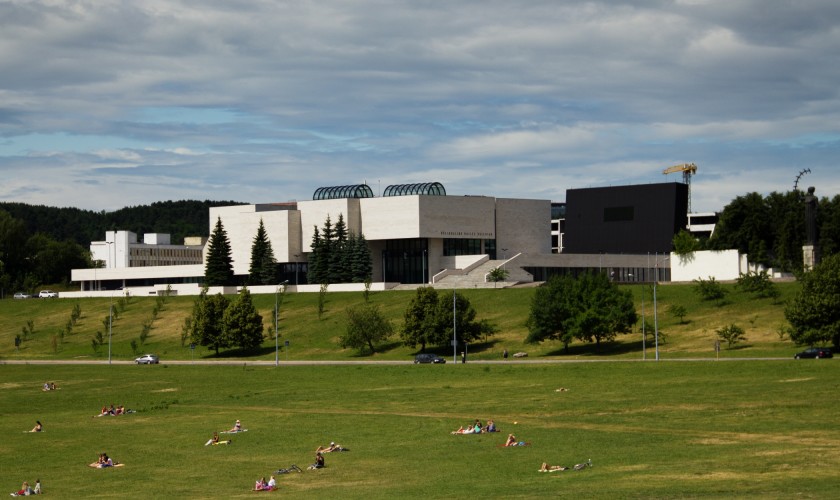
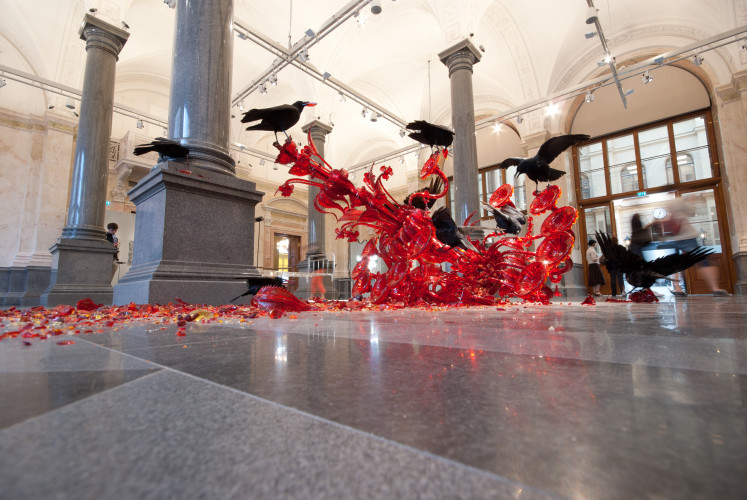
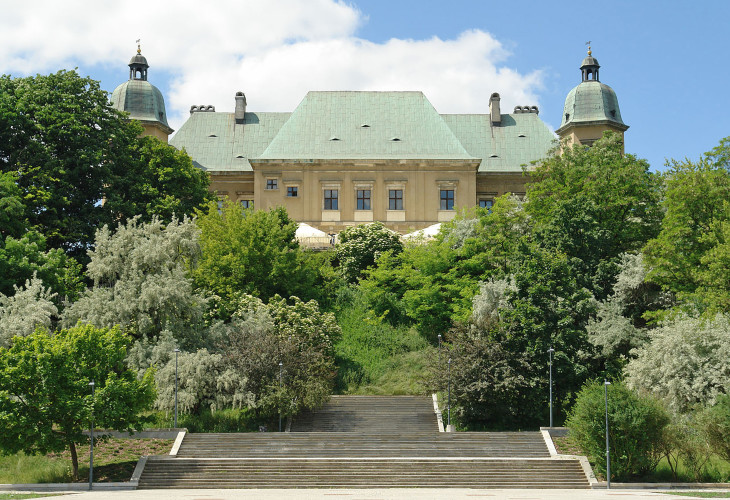
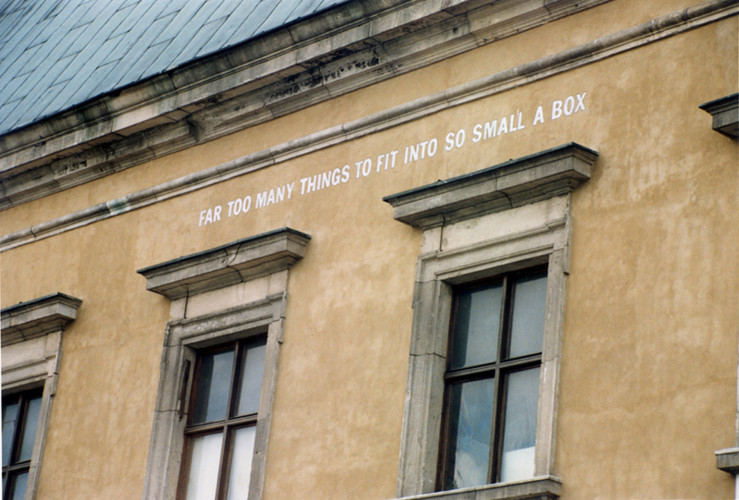
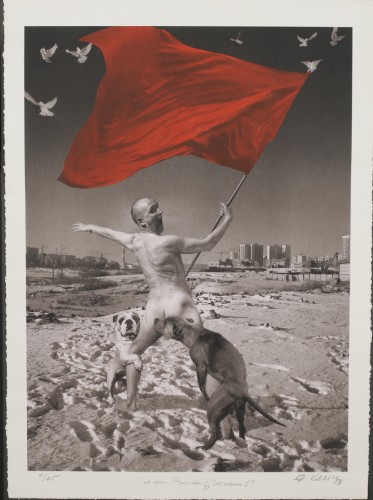
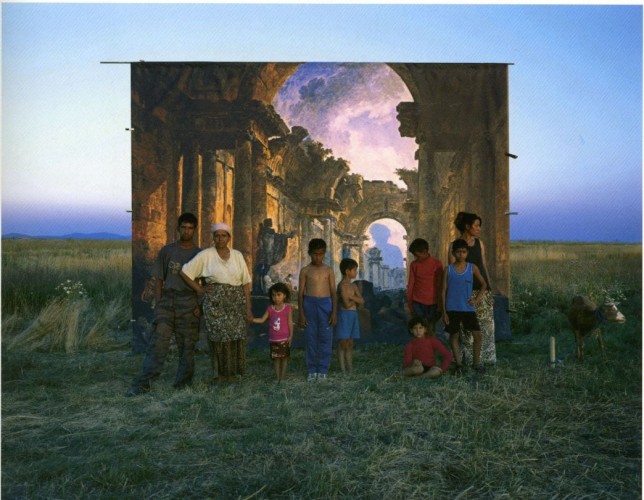
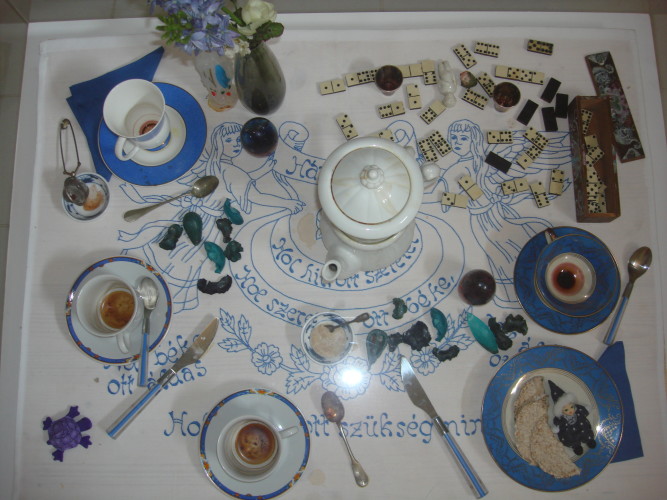
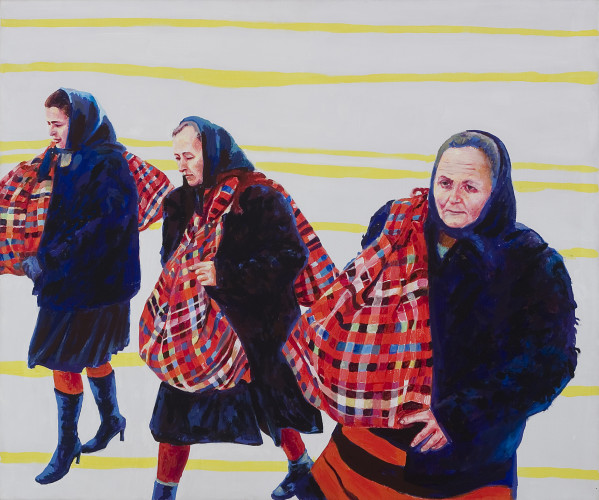
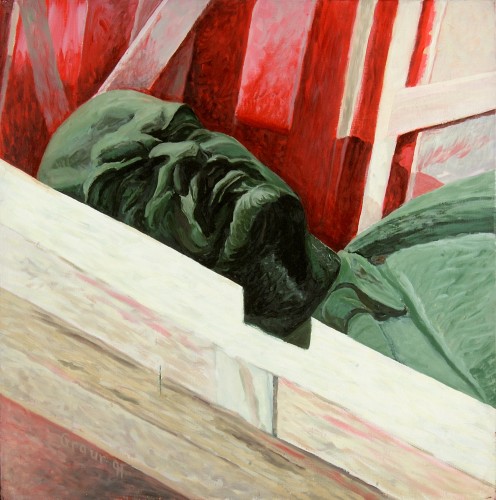
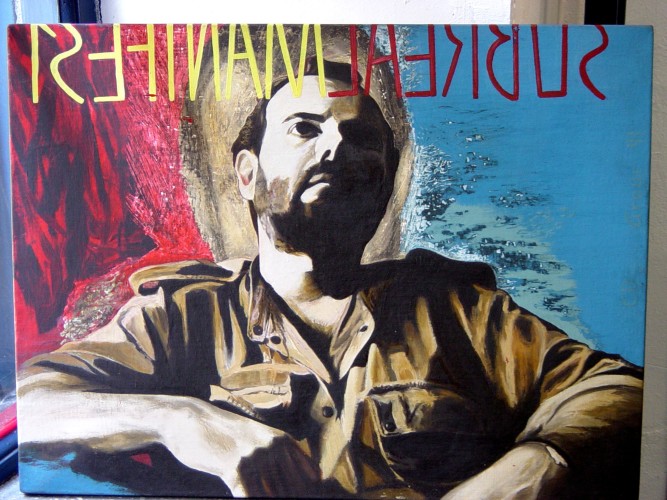

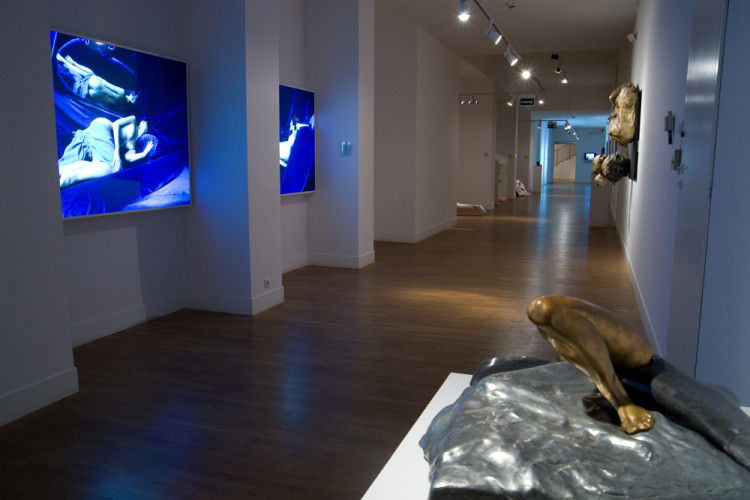
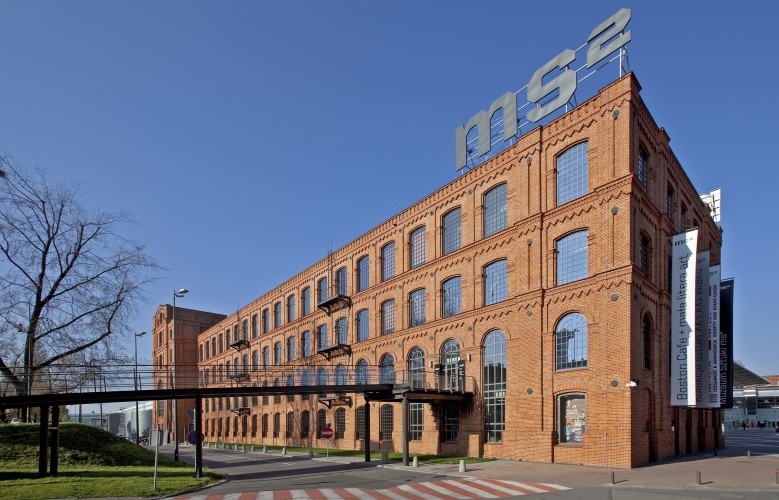
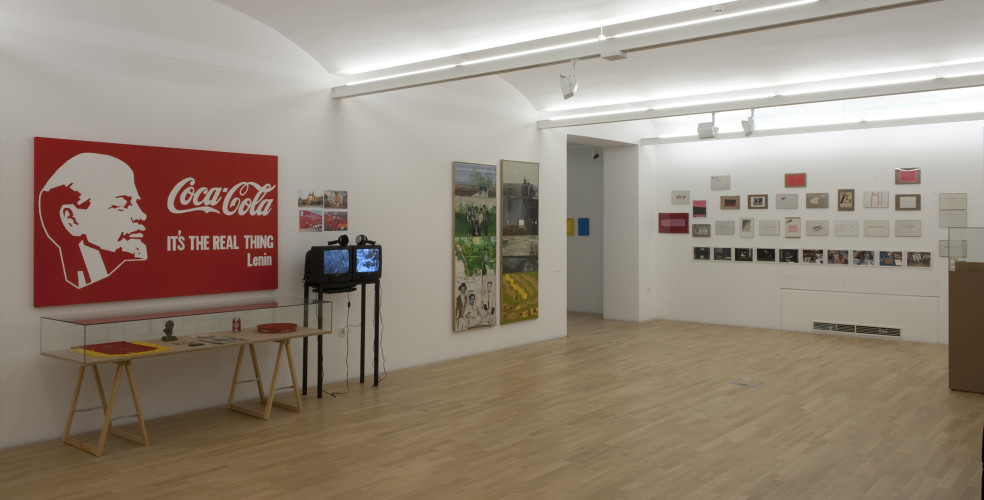

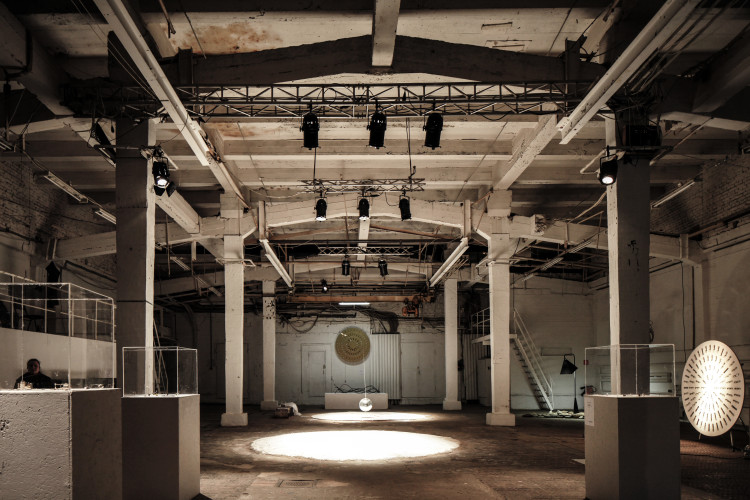
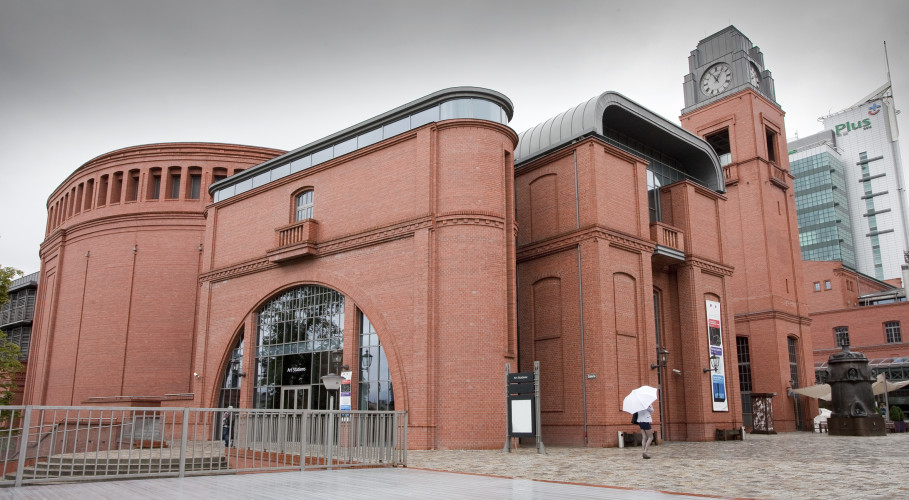
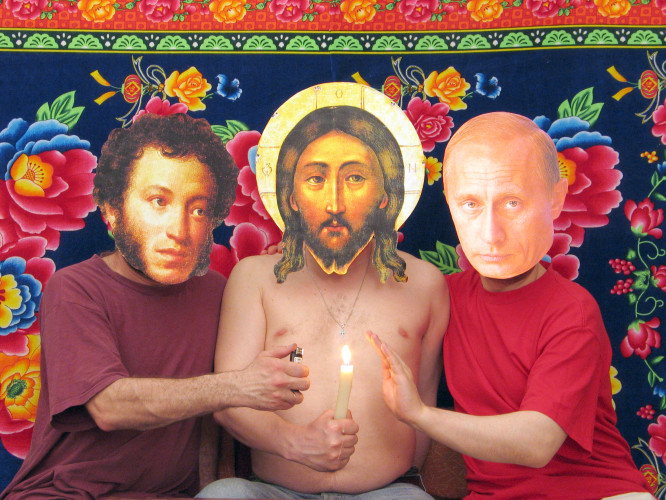

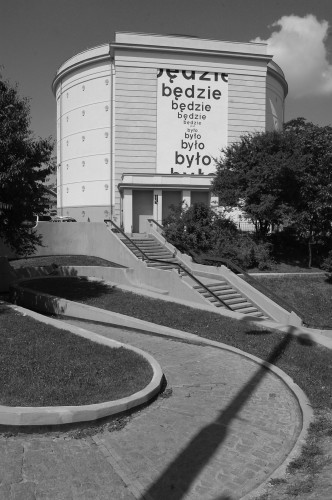

Comments are closed here.